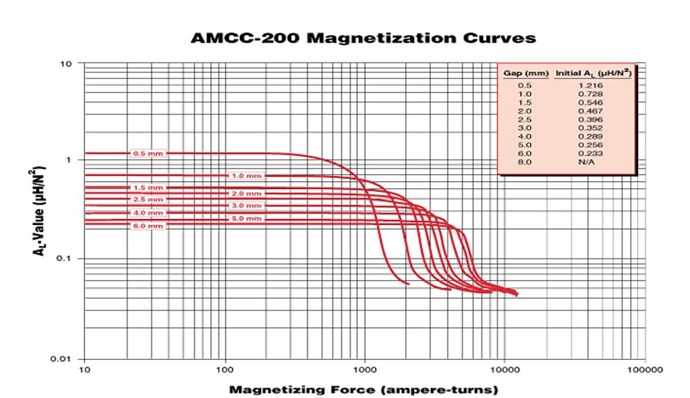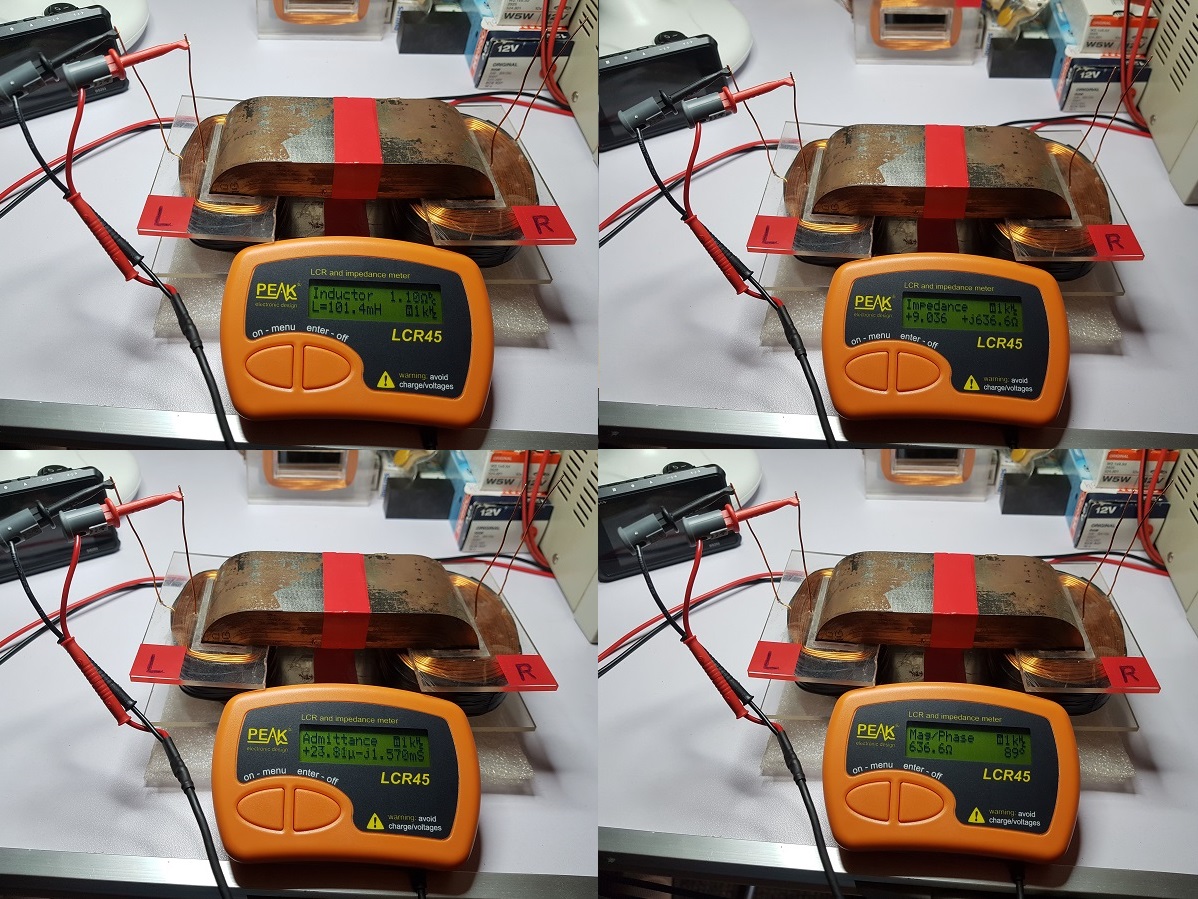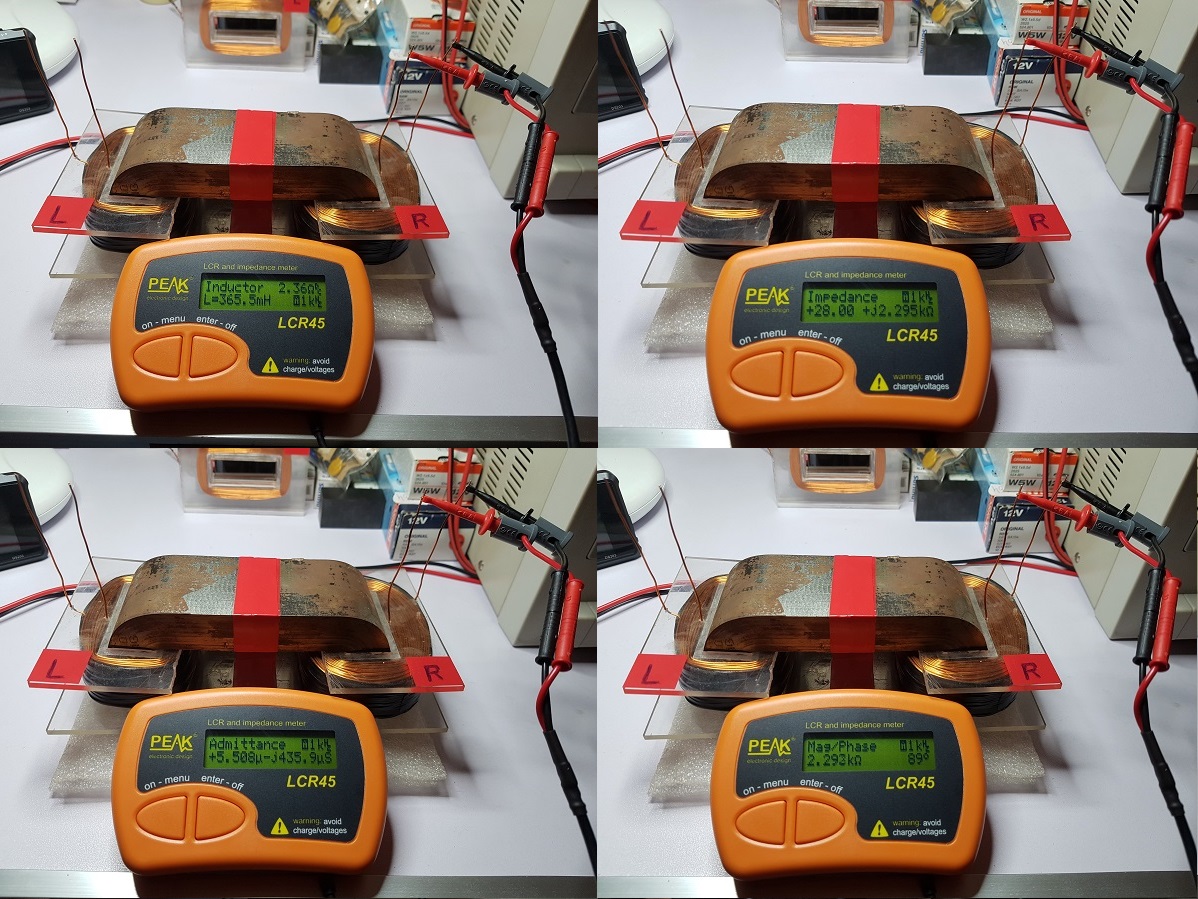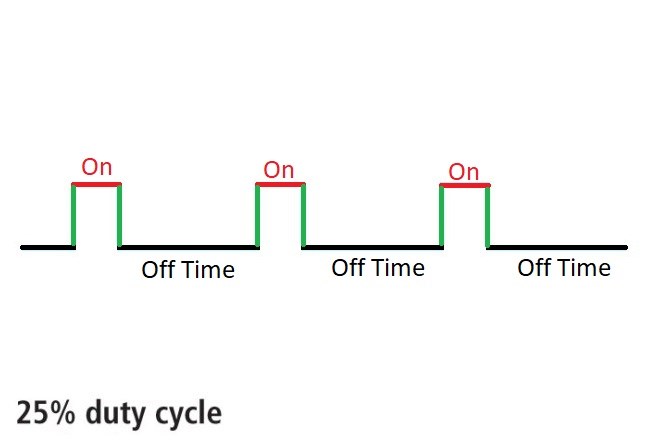Fighter
posted this
20 October 2019
@Vidura, you mean to put the SF28 between DC source and MOSFET driver on the positive wire ? I remember I tried that with another diode, I admit it was not a super-fast diode. I can try this scenario too, thanks.
About touching the ends of the coils, I was thinking to get some protection gloves for electricity, for safety I'll buy some. Considering there are spikes of 100-200Vpp, at what frequency could that become dangerous ? Right now I don't go below 80 KHz, usually I'm in 100-1770 KHz range.
Posting updates...
I've build a new version of current indicators, this time I added a second LED with inverted polarity so they will show currents going in both directions through the shunts:
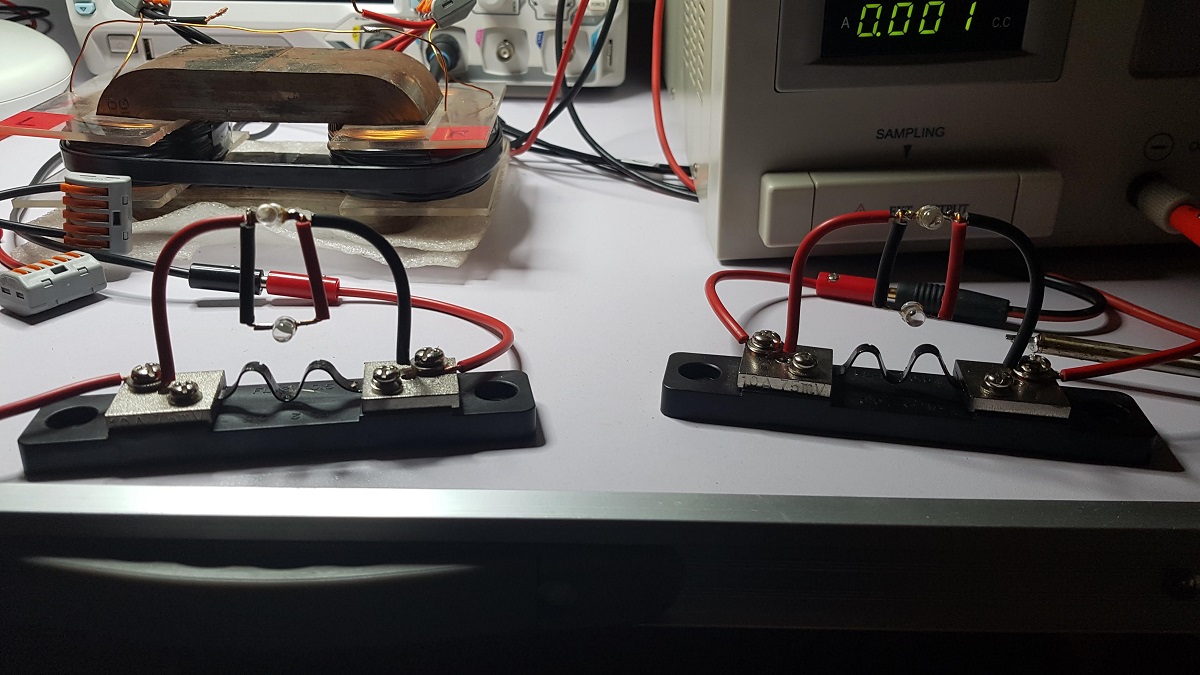
This is a test with normal polarity:

And this is a test with inverted polarity:

For some reason the LEDs for inverted polarity (positioned lower) don't have the same luminosity even if the current should be the same like with normal polarity. All circuit is made using normal 0.8mm wire (just like the one ZPM's coils are built with) enclosed in plastic. I verified the solderings and found no issue.
But for now it's not that important, I'm interested more in what the upper LEDs are showing.
As a note, the fact that a LED indicator is off doesn't mean there is no current, it means there is not enough current to produce enough voltage to power-up the LED.
When I find some time again I will try to rectify the pulsed voltage produced by the shunts, meaning this:
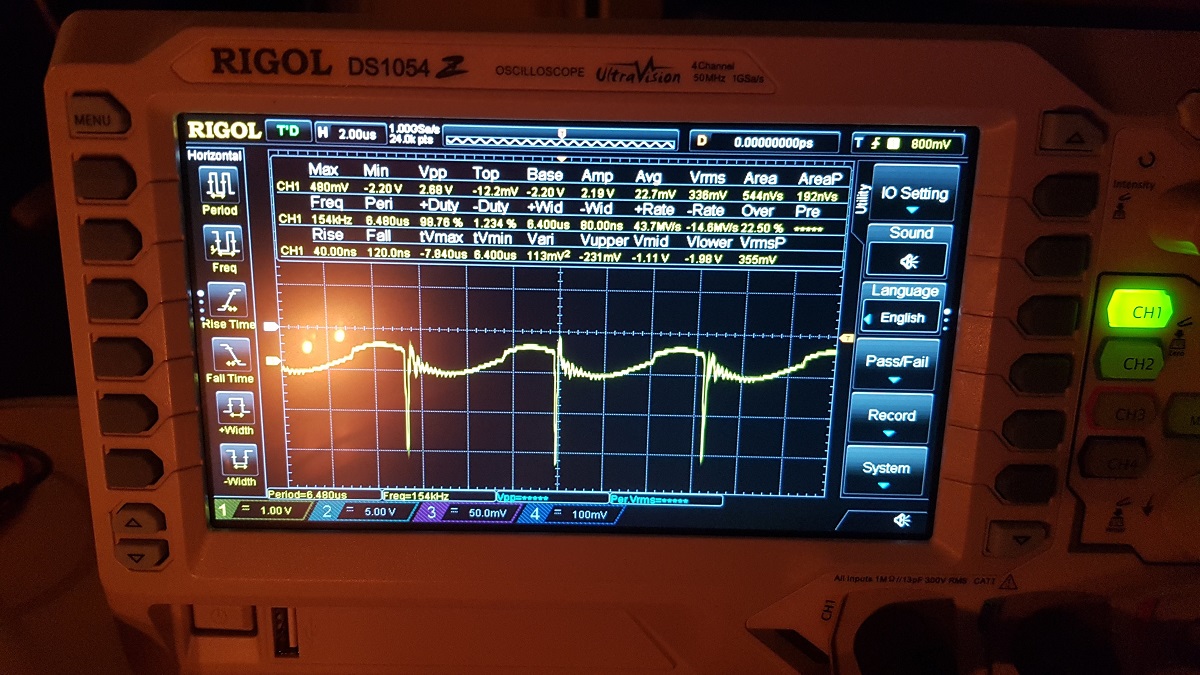
I intend to build a bridge-rectifier using some super-fast SF28 diodes and then some electrolytic capacitor maybe (choosing the right one to smooth that waveform will be difficult, I'll need to do a lot of tests).
If I'll succeed then having pure DC produced by the shunts would mean I can use digital voltmeters to get real-time accurate reads for currents passing through shunts.
| "If you want to find the secrets of the universe, think in terms of
energy, frequency and
vibration." |
|
|
Nikola Tesla |






